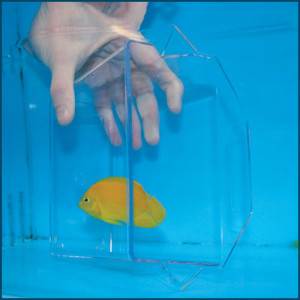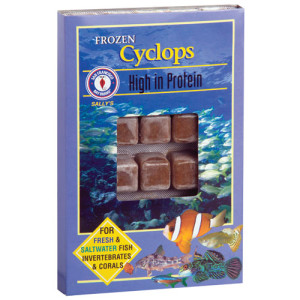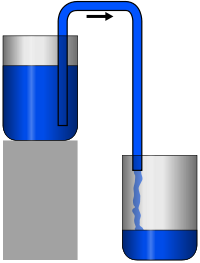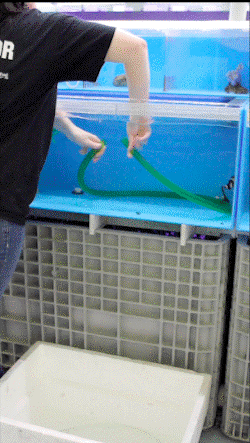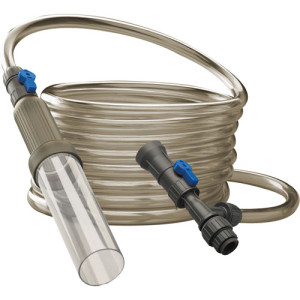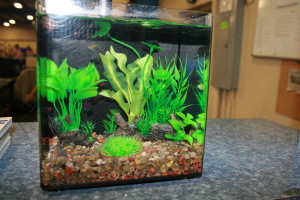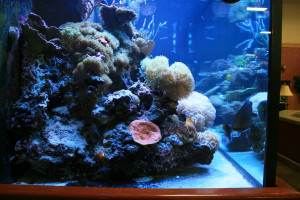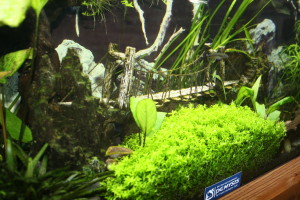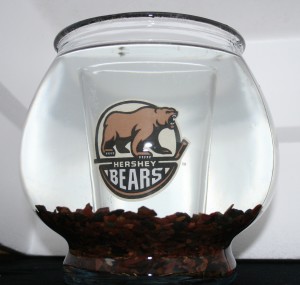Live foods are popular for larger predatory fish and even some inverts, and some new or finicky animals may not eat anything else. Unfortunately, they aren’t always the most nutritious in an aquarium setting. It is much easier to get a larger variety out of frozen or prepared foods or enhance them with additives, so how can you make the most out of live foods if it is your only option?
“You are what you eat”…and so are your fish
The problem with feeding most live foods is a lack of variety or nutritional content. Common live feeders like ghost shrimp or guppies just don’t have a lot to them and feeders aren’t usually raised or bred with as much care as animals intended to be ornamental. Much of the most nutritious foods in nature are also some of the smallest – microfauna like copepods and the bright red Cyclops, for example – but these critters are far too small for something like the finicky frogfish or lionfish or sharks that may need live foods and they just aren’t practical to raise.
So, instead of feeding that tiny food to the bigger predators, feed it to the food! This method is known as “gut loading” and is commonly used when feeding crickets to reptiles or amphibians but has a lot of practical use for aquarium hobbyists as well. The principle of gut loading is to feed nutritious food to the live feeder, then feeding that live feeder to its predator while the nutrients are in its system. This is making a process known as bioaccumulation work for us instead of against us like we see in effects like the ciguatera poisoning we discussed in the past.
For example, many planktonic foods are very nutritious but too small for a fish like a frogfish. Frogfish will often hunt down and eat ghost shrimp which are very common (but not especially nutritious) feeder shrimp. So, if we feed the plankton to the ghost shrimp, then feed the ghost shrimp to the frogfish, the frogfish eats the plankton.
Gut Loading: How to pack it in
With a name like “gut loading”, images of stuffing a guppy like a Thanksgiving Day turkey may come to mind but in reality, its much easier. Just feed the live feeder before it becomes food. For smaller feeders like guppies, ghost shrimp, or even crickets or mealworms, it is usually easiest to put the feeder in a smaller separate container from wherever it is being housed. In our store, we will put ghost shrimp in one of the small specimen containers we use in catching your fish. This keeps the system where the rest of the feeders are being kept cleaner and concentrates the nutritious foods you are using for the gut loading to where the feeders are sure to find it. Then, let the feeders feed. For transparent feeders like ghost shrimp, it is easy to see when their guts are full of the food you are using. For others, monitor how much they are eating. Usually anywhere from 15 to 45 minutes is plenty of time; after all, we don’t need the feeder to digest the food, just get it into their guts. Once they’ve eaten their fill, off to become a meal they go!
Depending on the predator you are trying to feed in the end, you can gut load with zooplankton like Cyclop-eeze, phytoplankton like Spirulina, nutritional supplements like garlic or vitamins or even some medications (best with the fish only and not inverts). The foods you are using for the gut loading can be fresh, frozen, freeze-dried, flakes or in a liquid suspension. Experiment and see what works best for your predators or give them a nutritious snack as a treat!
 That Fish Blog – Aquarium Advice and Information
That Fish Blog – Aquarium Advice and Information


